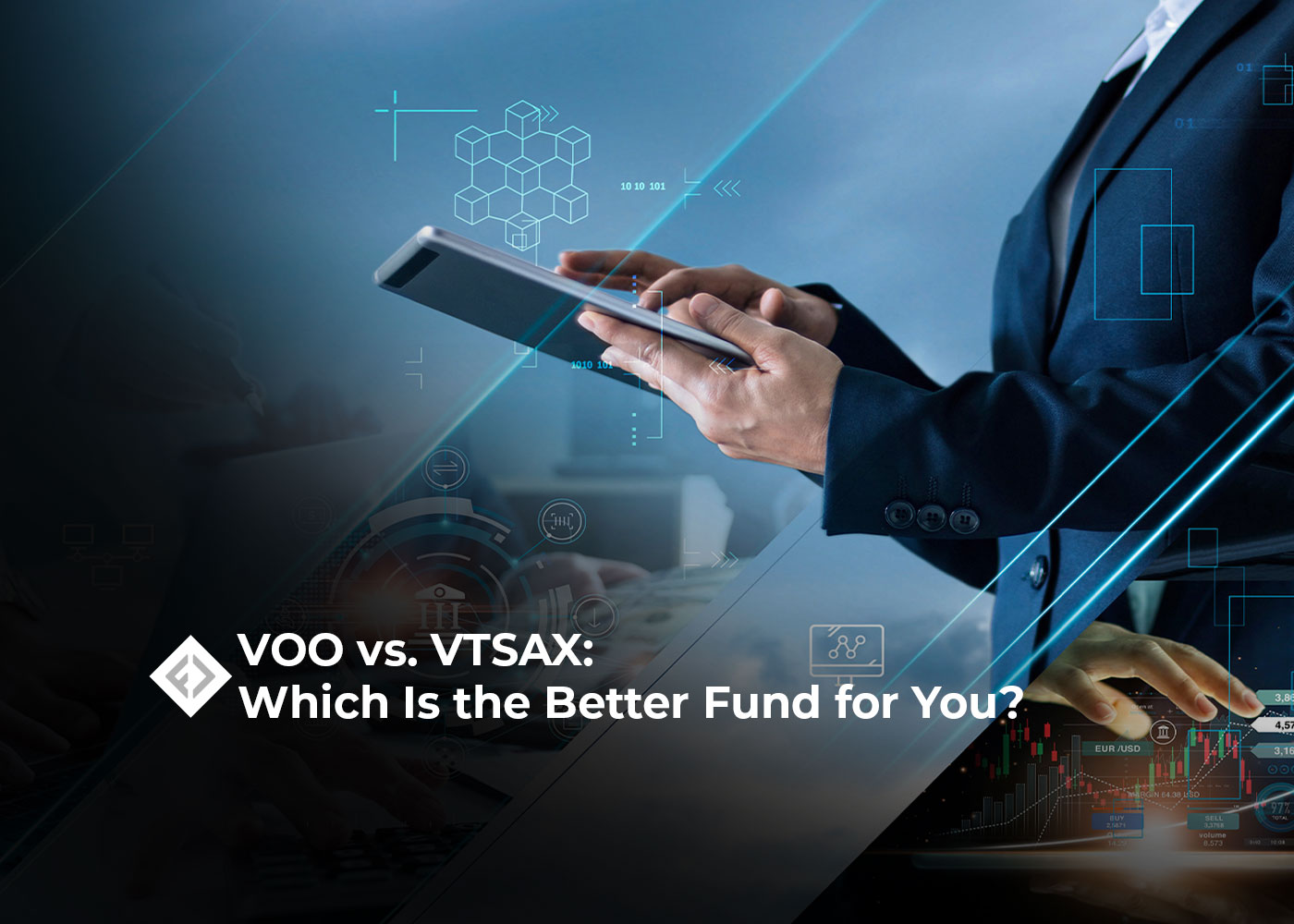Vanguard’s VOO vs VTSAX have become popular choices for many investors who are seeking exposure to the US equity market while keeping costs low . In this article we will analyze the features of these two investment options and help you determine which one suits your needs .
Understanding the Basics
VOO or the Vanguard 500 Index Fund ETF is an exchange-traded fund that passively tracks the S&P 500 index . It consists of about 508 stocks and has a net asset value of around $620 billion . On the other hand VTSAX or the Vanguard Total Stock Market Index Fund Admiral Shares is a passively managed mutual fund that tracks the CRSP US Total Market Index and includes small, mid and large-cap companies . VTSAX has a net asset value of up to $1 trillion .
Key Differences
The main difference between VOO and VTSAX is in their structure and market cap exposure . VOO as an ETF tracks the S&P 500 index and focuses on large-cap and some mid-cap companies . VTSAX as a total market mutual fund covers broader market sections like mid-cap and small-cap companies . While both funds have overlaps in their portfolios VTSAX offers more exposure to mid and small-cap stocks .

Expense Ratios and Minimum Investment
When it comes to costs both VOO and VTSAX are considered low-cost options . VOO has an expense ratio of 0 .03% while VTSAX has an expense ratio of 0 .04% . However it’s worth noting that VTSAX requires a minimum investment of $3,000 whereas VOO does not have an initial investment requirement .
Performance and Diversification
In terms of performance both VOO and VTSAX have offered similar returns over the past five years . VOO mostly consists of large-cap stocks which makes up around 85% of its portfolio with the other 15% in mid-cap stocks . VTSAX has a more diversified portfolio with around 72% in mega and large-cap stocks and the other remaining 28% in mid small and micro-cap stocks .
Factors to Consider
When deciding between VOO and VTSAX there are several factors to take into account . If you prefer the flexibility of trading throughout the day VOO’s ETF structure may be more suitable . Additionally if your account is with a custodian that offers free ETF trades VOO may be a preferred option . On the other hand if your existing portfolio consists mainly of mutual funds sticking with VTSAX can provide consistency in settlement periods for trades .
Tax Efficiency and Investment Strategy
While both VOO and VTSAX are passively managed ETFs like VOO generally offer better tax efficiency . However it is important to note that Vanguard ETFs like VOO are share classes of Vanguard mutual funds which can impact the tax benefits . Overall both funds are well-regarded and their performance has been nearly identical .
Making the Decision
Ultimately the choice between VOO and VTSAX depends on your individual circumstances and preferences . Both funds offer low-cost investment options and have similar performance records . VOO and VTSAX are reliable choices for long-term investors whether you focus on the ability to trade throughout the day or prefer the consistency of mutual funds .
You may be interested in:
RoboForex Review 2023: Pros, Cons and Key Features
First Digital introduces USD stablecoin
Fast Changing Environment: Trends in Crypto currency











